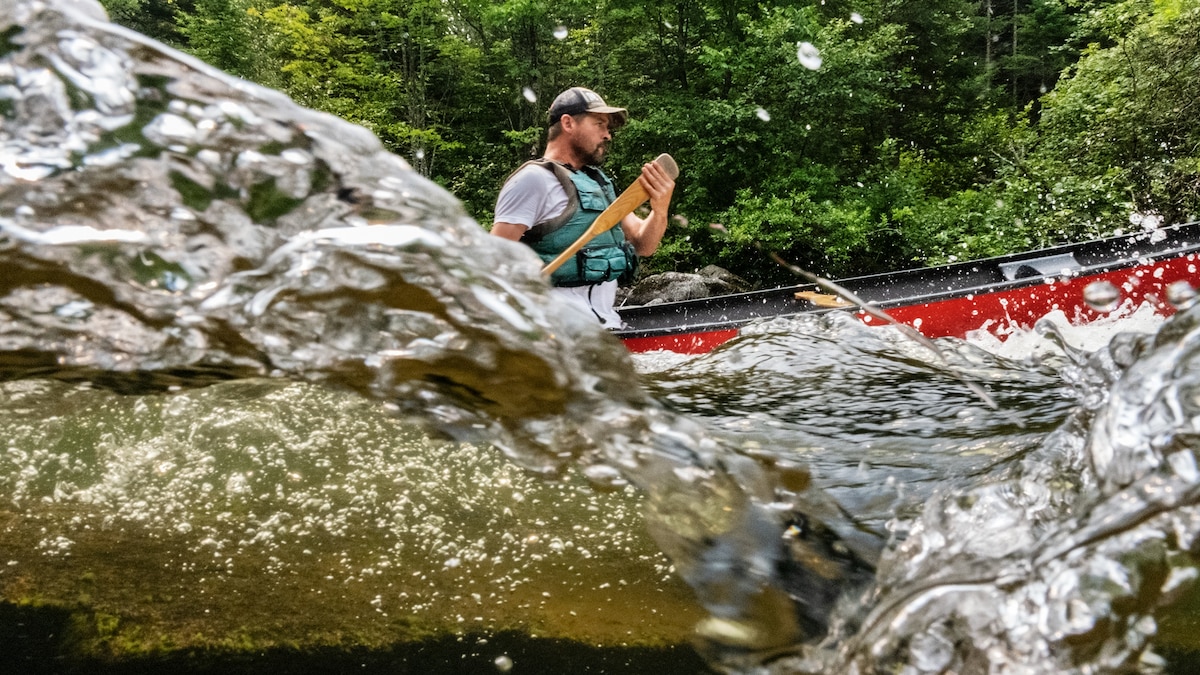Now Reading: Exploring the ‘Appalachian Trail’ of Rivers
-
01
Exploring the ‘Appalachian Trail’ of Rivers
Exploring the ‘Appalachian Trail’ of Rivers

Quick summary
- The Northern Forest canoe Trail (NFCT), stretching 740 miles from New York to Maine, encompasses over 80 lakes, ponds, rivers, and streams.It traces ancient routes historically used by Indigenous communities such as the haudenosaunee Confederacy and Algonquin peoples.
- Officially established in 2000 by new England paddlers, NFCT offers a blend of water-based exploration and portaging (carrying canoes overland), with portage stretches spanning over 65 sections totaling more than 70 miles.
- The trail passes through culturally significant locations and provides insights into Indigenous history as well as interactions with European settlers who utilized these waterways for fur trade and timber industries.
- Participants include Native american paddlers hoping to reconnect with ancestral traditions. Individuals like Jeremiah Point shared stories about ongoing cultural resilience post-residential school trauma. Ionawiienhawi Sargent described canoeing as “a place of connection and prayer.”
- Challenges faced on the trail include extreme weather conditions, low water levels due to droughts, physically demanding portages across narrow trails or rocky passages, and varying terrains ranging from tranquil lakes to whitewater rapids.
- Notable figures like Jason Pardilla (Penobscot guide) showcased traditional techniques of river navigation using spruce poles for shallow waters-a method deeply tied to Penobscot culture that emphasizes adaptability on waterways.
Images:
- Aerial photo: Paddlers maneuver around Browns Tract Inlet (part of NFCT).
- Lower Saranac Lake: Scenic sunset at campsite No. 52 in NY featuring Oneida tribal citizen Neil Benedict tending a fire.
- Birchbark canoe crafted by Wabanaki tribal members sits along a water patch-displaying traditional craftsmanship.
Indian Opinion Analysis
The Northern Forest Canoe Trail represents an intersection of outdoor adventure tourism with deep-rooted Indigenous history and traditions-a model that highlights both preservation efforts of ancestral waterways while fostering cultural appreciation among diverse communities today. For India,which boasts similar ecologically significant landscapes intersected by historic trade or religious routes like Ganga River or Western ghats pathways leveraged for centuries-learning from NFCT’s formal mapping initiatives alongside local engagement may align well toward sustainable eco-tourism goals.
Connecting Indian youth back to native environments via paddle sports could enhance their understanding not only regarding environmental stewardship but also offer venues bridging intergenerational gaps concerning oral histories shaped regionally e.g., tribal hill stations blending modern hiking ethos yet preserving centuries-old land-use practices akin hear narrated sincerely alongside inclusivity steps correcting biased placement reduction narratives globally occurring elsewhere similar context logics proposed directly critical simultaneously deserved reflection future focused aligned pathways bridging thought gaps between interconnected cross-disciplinary priorities effectively stated individual voices strengthened importantly intuitive plain English simple easily digestible concise.
Read More























